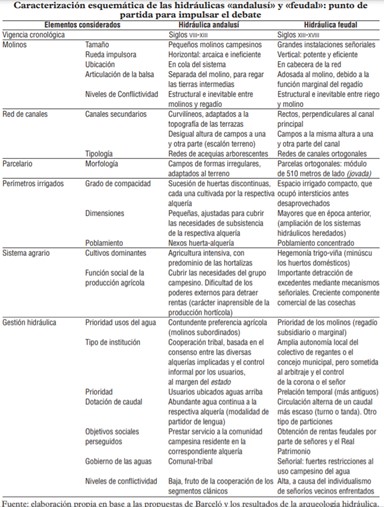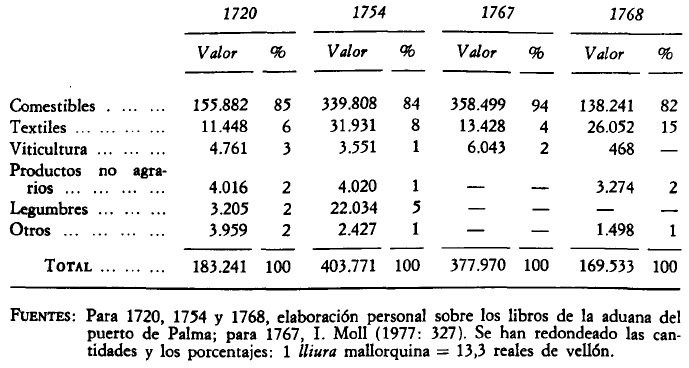In order to sustain the population growth in Mallorca in the 16th century, it was necessary to accompany it with an increase in agricultural production, which was accompanied by an increase in the prices of the species and the rent of the land, with a progressive revaluation of agricultural products.
A study of the tithes reveals the uneven evolution of crops throughout this century, with grain as the island’s main crop, but sometimes being insufficient for the island’s growing demand, and therefore having to resort to imports.
The agricultural aspect of Mallorca continued to grow thanks to the expansion of cultivated areas, often to the detriment of pastures and livestock, and more specifically in the first half of the 16th century. The areas where the population grew the most were the island’s cereal-growing areas par excellence, actively participating in the extensive agriculture carried out during these years.
Collection: Statistics
Project: 10. Churches and religions in Europe., 3. Rural world and urban world in the formation of the European identity., 4. Family, daily life and social inequality in Europe.
Chronology: XVI
Scope: Secondary Education, Baccalaureate, University, Postgraduate
Link: https://revistas.usal.es/index.php/Studia_Historica/article/view/4609
Resource type: Statistics
Format: Table
Source: Vidal, J. J. (1987). "Aproximación a la coyuntura agraria mallorquina en el siglo XVI", en Studia historica. Historia moderna, nº 5, p. 135.
Language: Spanish
Date: 1987
Owner: Roberto José Alcalde López (Modernalia)
Copyright: ©Studia historica. Historia moderna ©José Juan Vidal
Abstract: Table showing the evolution of tithes by decade during the 16th century in Mallorca
Tags







